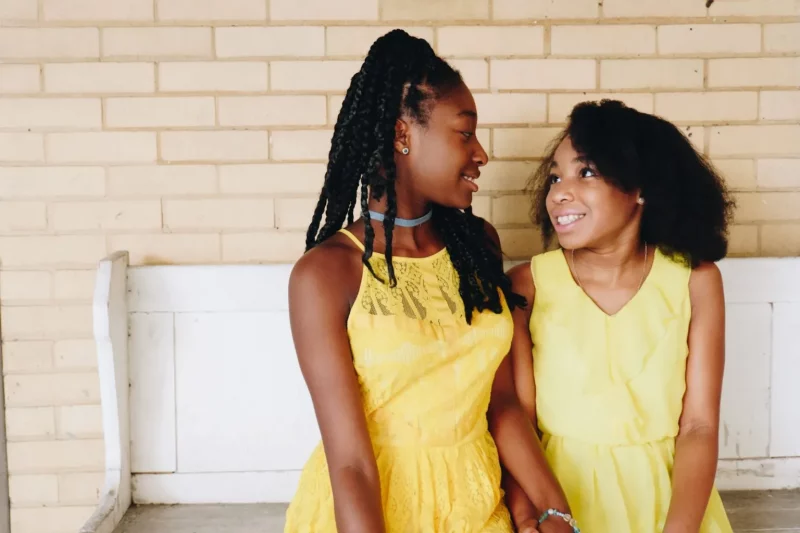What Can Teachers Do About Colorism?
Share
Explore Our Galleries
Breaking News!
Today's news and culture by Black and other reporters in the Black and mainstream media.
Ways to Support ABHM?
By Azia Sid, Word in Black
Skin color privilege is yet again at the forefront of social media debates, but what role should educators play in ending the toxicity?

If you asked a child to give an example of a time they witnessed or experienced colorism, you’d probably get drastically different answers. Some might speak about a fellow classmate calling them names for being too dark, while others wouldn’t be able to respond because they simply don’t know what colorism is.
Merriam-Webster tells us that colorism is “prejudice or discrimination, especially within a racial or ethnic group favoring people with lighter skin over those with darker skin.”
But we don’t need a dictionary to tell us it exists in our communities and negatively affects our children, both in school and out.
“Telling you your skin is too dark, or you’re pretty for a dark skin girl is something that happens a lot in the Black community,” says Los Angeles-based entrepreneur Kheris Rogers. “Some people try to normalize, or people try to act like doesn’t exist when it simply does.”
Rogers, 16, knew from an early age exactly what colorism is — and what being bullied at school because of it feels like.
[…]
“They’d do the light skin versus dark skin girl, and growing up, we all pretty much experienced that the light skin girl pretty much always wins,” Rogers tells Word in Black. “Then I always thought to myself, why can’t we all just be beautiful?”
As a result, Rogers launched Flexin’ in My Complexion, a clothing brand focused on empowerment, anti-colorism, and anti-bullying. “When I look at myself in the mirror, I say nice things like, ‘I am smart. I am kind. I am confident,’” Rogers wrote on the Flexin’ in My Complexion site.
Colorism shows how racism can be internalized.
Keep up to date with Black culture news.











Comments Are Welcome
Note: We moderate submissions in order to create a space for meaningful dialogue, a space where museum visitors – adults and youth –– can exchange informed, thoughtful, and relevant comments that add value to our exhibits.
Racial slurs, personal attacks, obscenity, profanity, and SHOUTING do not meet the above standard. Such comments are posted in the exhibit Hateful Speech. Commercial promotions, impersonations, and incoherent comments likewise fail to meet our goals, so will not be posted. Submissions longer than 120 words will be shortened.
See our full Comments Policy here.